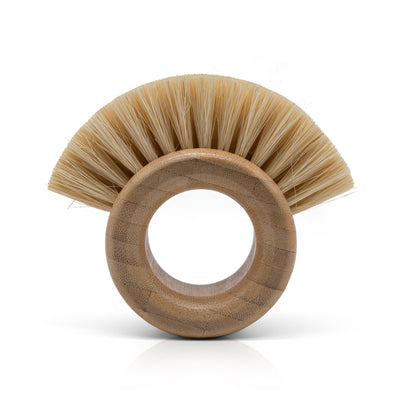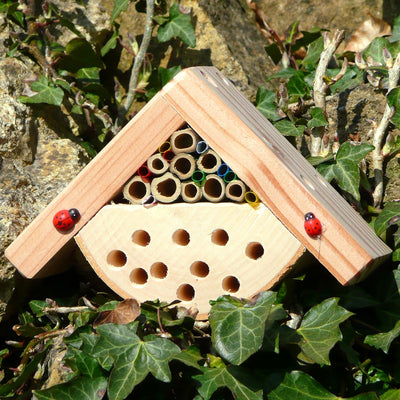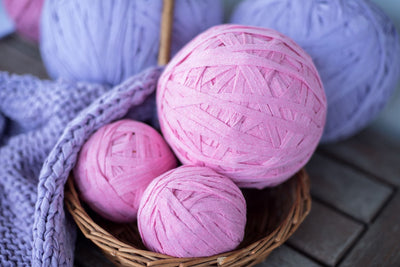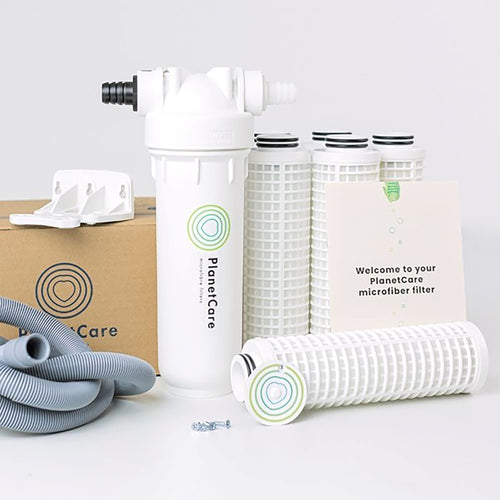From when I very first had the idea, and started working on designs for the handle, I was concerned that the product must be safe for people to use. If you stuff newspaper or old pillows up your chimney then it’s your own problem if you forget they are there. If you are providing something for people to buy then you have a responsibility to make sure that it is safe to use.
I’d like to thank Alan Ross from MTS with whom I had long chats about incorporating safety into the design of the product from the outset. The Chimney Sheep™ had to be designed with consideration for the worst foreseeable outcome, that is, what was the worst that could happen that could reasonably be predicted? All possible scenarios had to be anticipated and addressed. The obvious issue is if someone forgets it is there, and lights a fire with the sheep in place. When the Chimney Sheep ™ was finally ready I sent a batch to Northern Testing House to get them assessed for fire safety and thermal efficiency.
Two different types of flammability tests were performed. The first envisaged a scenario where the fire was lit with the sheep still in place. So long as the user is still in the room, it is obvious fairly rapidly that there is an obstruction in the chimney, as the room will fill with smoke and the fire won’t draw properly. In the first test, the handle burned to some extent but did not drip burning molten plastic. The handle was still intact enough that it could be pulled out of the chimney (using fire tongs, oven glove, or similar). When a lit flame was placed directly onto the wool, the felt smouldered but went out as soon as the flame was removed.
If the fire was lit and left unattended for more than five minutes, the handle would eventually burn and fall into the grate. The wool would smoulder and if it became hot enough would burn in situ, eventually falling into the grate. It would not burn in such a way as to cause a chimney fire. If a fire was left unattended for so long that the Chimney Sheep ™ would burn, then it should be assumed that a fireguard would also be left in front of a fire – it would be more dangerous to leave the open fire unattended.
The report also refers to the safety information that is provided, and the hanging tag that is a permanent reminder that the sheep is in place. While it is hoped that no-one lights a fire with the Chimney Sheep™ still in place, it is reassuring to know that even in the worst case scenario, the Sheep will not present a hazard to the user.
The full report can be downloaded here.
What about Carbon Monoxide?
The other concern people have is if the flue is required to ventilate an appliance that would produce carbon monoxide if it didn’t receive enough oxygen. The Chimney Sheep is designed for open solid fuel fireplaces and chimneys. Many gas fires are fitted below open chimneys, and we get a lot of customers who say that they need to light the fire just to combat the cold that comes down the chimney. If the gas has been disconnected then a Chimney Sheep can be fitted in the flue but otherwise we advise against it. For customers with gas fires we recommend the Chimney Balloon. These are made from a special tri-laminate material, that if exposed to heat will simply shrink and cause the product to fall out of the flue. Most dangerous of all are the cheap PVC inflatable chimney draught excluders, which will tolerate a greater amount of heat then suddenly pop releasing chlorine gas and PCB’s.


















